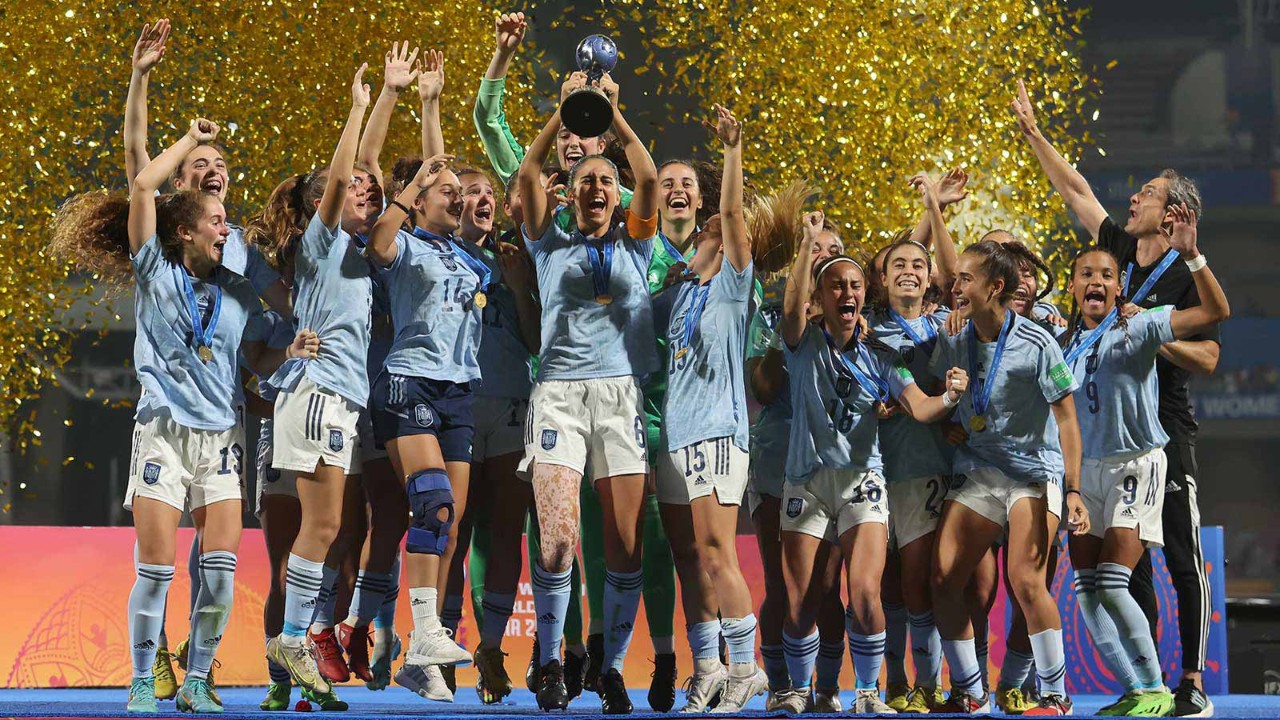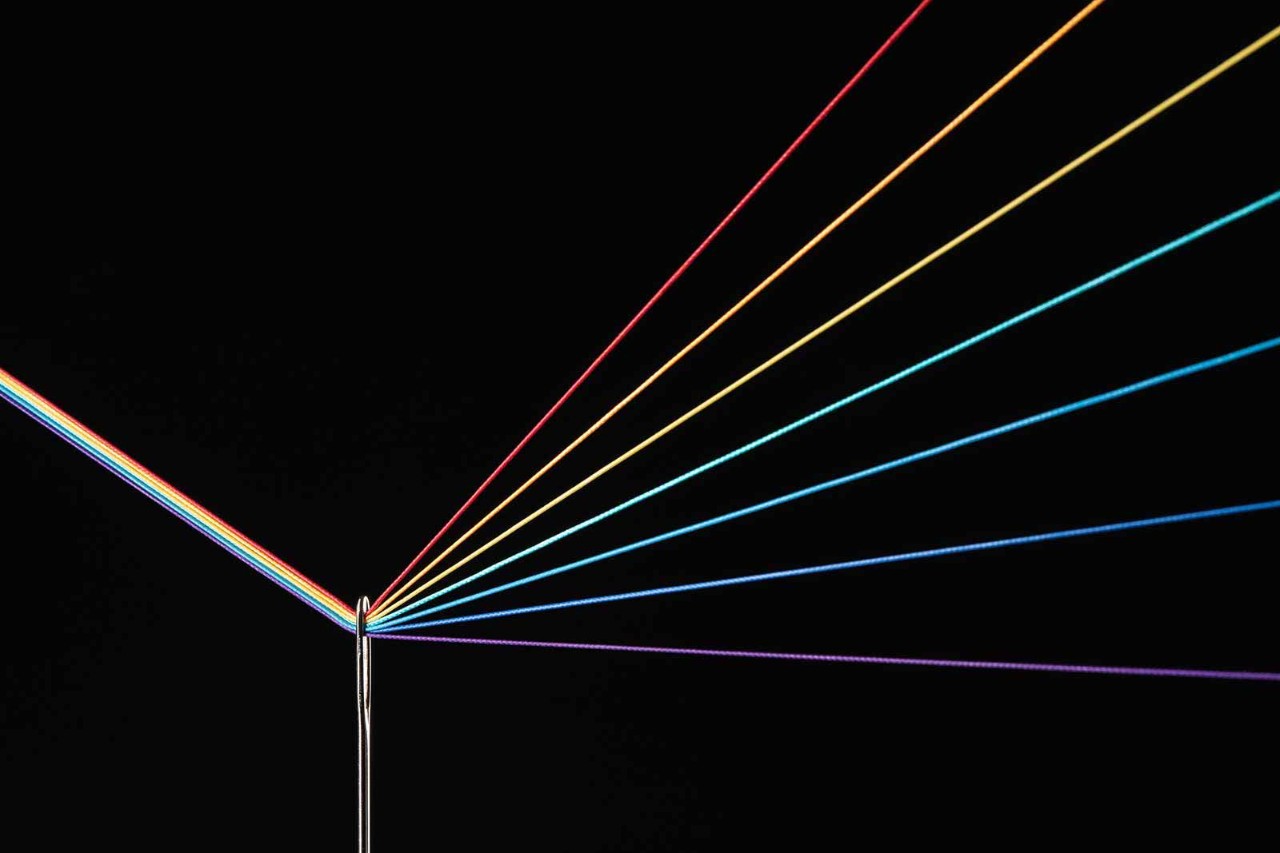
The countdown to the Fifa Women’s World Cup in Australia and New Zealand, which kicks off on 20 July, was overshadowed by a major fallout between international governing body Fifa and broadcasters in five major European markets.
The row centred upon broadcast rights valuations for the football tournament in the markets of Germany, France, the UK, Italy and Spain. As a result, broadcasters in those countries were unable to tease fans with trailers in the build-up to the footballing extravaganza. The row also threatened a tournament blackout for fans.
It has been treated as an add-on to help counter the massive deals around the men’s tournament
Unbundled rights
The spat was an inevitable consequence of the women’s game spreading its wings. The 2023 competition – for first time ever – saw Fifa ‘unbundle’ the rights for its women’s competitions away from the men’s.
Since its inception in 1991, broadcast and commercial rights for the tournament have been bundled in and sold as part of deals for the rights for the men’s World Cup. Until now, a value had never truly been attributed to the women’s edition; instead, it had been treated by Fifa as an add-on to help counter the massive deals agreed around the men’s tournament. As a result, many European broadcasters offered sums for the World Cup that were a small fraction of what they had previously paid for the men’s event in Qatar last year.
‘This is a slap in the face of all the great Fifa Women’s World Cup players and all women worldwide’
‘Whereas broadcasters pay US$100m-US$200m for the men’s Fifa World Cup, they offer only US$1m-US$10m for the Fifa Women’s World Cup,’ Fifa President Gianni Infantino explained at a World Trade Organization meeting in Geneva in May. ‘This is a slap in the face of all the great Fifa Women’s World Cup players and indeed of all women worldwide.’
Reports suggested that the opening offer in Italy was €300,000, compared with the €160m paid for the rights to the men’s competition in Qatar. In the UK, meanwhile, the figure for the joint offer from the BBC and ITV was reportedly around €9m, about 8% of what was paid for the men’s competition.
Broadcaster pain
The cost to broadcasters will be felt keenly. Fifa believes that the rights for the men’s World Cups will remain high going forward and that broadcasters should find additional money to bring the value of the rights for the women’s tournament closer in line with that, with the ambition of it eventually being level.
‘Broadcasters have been valuable partners and their compliance has probably been taken for granted’
‘Any absence of live World Cup coverage would be a big backward step for women’s football,’ says Ed Warner, former chairman of UK Athletics and Chair of World Para Athletics for the International Paralympic Committee, who added that his sympathies lie ‘marginally’ with broadcasters. ‘Just because they grossly overpay for men’s football doesn’t compel them to do so now,’ he notes. ‘They have been valuable partners for the football authorities and politicians in growing the female game, and their compliance has probably been taken for granted.’
Growing audience
The increasing demand for the women’s tournament is evident. Fifa reported that 1.12 billion viewers tuned into the last Women’s World Cup in France in 2019 and, in the UK alone, England’s semi-final defeat to eventual winners the US attracted an audience of 11.7 million.
Fifa invested nearly twice as much in this year’s Women’s World Cup as in the tournament’s previous edition
Fifa says it is leading the way after previously confirming an increase to its prize money and argues that broadcasters should follow suit. The Women’s World Cup prize pot has increased to US$152m for this year’s tournament – three times the figure for the 2019 tournament – and Fifa has committed to matching the men’s prize pot by the 2027 edition.
Fifa invested more than twice as much in this year’s Women’s World Cup – the first tournament to take place under the body’s new funding structure – as in France in 2019. According to official Fifa figures, the budget for the 2023 tournament amounted to US$395m; France 2019 was allocated US$156.9m; Canada 2015 received less than US$82m.
Sponsorship profile
The increased expenses are being offset by a growing sponsorship profile in the women’s game. The women’s World Cup is striking its own sponsorship deals, which – as with broadcast deals – are no longer bundled in with the men’s tournament.
Adidas, Coca-Cola and Chinese property conglomerate Wanda are the principal partners in Australia and New Zealand. Fifa has also introduced a new women’s football partner tier, made up of credit card company Visa and New Zealand accounting software firm Xero. British consumer goods company Unilever signed a sponsorship deal with Fifa shortly before the women’s tournament, which runs through until 2027; the company’s personal care brands Rexona, Dove, Lifebuoy and Lux will all become official sponsors of this year’s event.
‘The sport’s potential and the passion it creates are such that vast untapped opportunities still exist’
As part of the deal, Unilever will collaborate with Fifa’s women’s development programme, which was launched in 2020. The initiative aims to provide opportunities for women and girls, and support the growth of women’s football around the world.
A Fifa spokesperson told AB: ‘One of the goals of Fifa is to accelerate the growth of the female game. Although women’s football has grown exponentially at all levels in recent times, the sport’s potential and the passion it creates are such that vast untapped opportunities still exist.’
Women’s World Cup in numbers
1991
First Fifa Women’s World Cup Championship
32
Teams participating in 2023 – up from 24 in 2019
17
Goals scored in women’s tournament by all-time record scorer Marta (Brazil)
4
Most tournament wins (US in 2019, 2015, 1999 and 1991)
1.12 billion
Worldwide audience in 2019
9
Host cities in 2023: five in Australia (Sydney, Perth, Adelaide, Melbourne, Brisbane) and four in New Zealand (Wellington, Auckland, Hamilton, Dunedin)
1 million
Tickets sold for 2023 tournament




